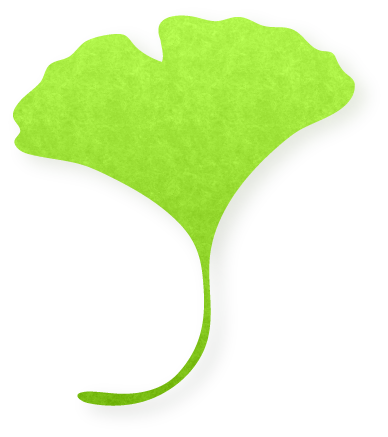I am honored to participate in The Joe Bonham Project, a group show at Edison Gallery in Chinatown, Washington, DC, ( 11.16.12 through 11.30.12) that chronicles the story of wounded war veterans, in the tradition of war art pioneered by Winslow Homer. During my first visit to Walter Reed Hospital as part of the Joe Bonham Project, I hurriedly sketched in my journal, trying to capture the amiable, attentive likeness of Cody Stanton, a young veteran of the war in Afghanistan who had recently lost his legs, part of his hand, and some of his hearing in an explosion. Yet the swiftest sketch seems slow when compared to photography.
That unique quality of sketching, hurrying slowly, unfolds as a silent conversation between
what the artist sees and what the artist transcribes on paper. At Walter Reed, artists don't simply draw quietly, they engage in two conversations at once: with the burgeoning portrait of the solider and with the actual solider, whose story gives formative internal power to the sketched image. I noted that the hurried slowness of our sketching, and the accompanying conversation, probably made our engagement with Cody more intimate than with other interlopers: journalists, photographers, and politicians. That sudden closeness and attention could allow soldiers like Cody to share trenchant and harrowing stories of trauma and recovery in an unguarded way.
In Cody's room, I thought that I rendered a likeness, but I knew that I could not capture his gaze, imprinted with the shock of having momentum, so natural to youth, suddenly arrested. Cody's eyes seemed at once determined and elusive, and I realized that the finest portraits in the Joe Bonham Project capture not just a likeness, but convey a story without words, as if drawing were a form of writing. Cody had endured many surgeries and much pain, but Walter Reed treated him well. He was surrounded by his loved ones, and he was already on the determined path to living a full life again, with prosthetic legs. I noted his lack of self-pity, a stoicism of steady gazes and listening to the talk of others, defied only by his sense of humor, which made an otherwise weighty subject—a serious war injury—more endurable, an incident in life that was not random but had the meaning of a shared mission. The injuries would not be too big to conquer.
Later that evening, I reflected on my time drawing portraits of wounded veterans at Walter Reed. In my mind, I drew an invisible line back to a scrim of black smoke drifting in a bright blue sky, framed by an office window; it was September 11, and I was an intern in the Art Department at National Geographic Magazine in Washington, DC, just a bit younger than the two soldiers that I had sketched. At first, the smoke was a curiosity, until voices in the hallway alerted me to its tragic origin in nearby Northern Virginia. I know that many events—some conscious patriotic decisions, and others accidents of fate—led these young men to Iraq and Afghanistan, and now to Walter Reed. But still, I can easily trace the line between that day eleven years ago and the story of these young soldiers, who were just children at the time. The time between September 11 and my participation in the Joe Bonham Project witnessed a space opening up between a moment of shared, transfixed tragedy. Like many citizens, in eleven years, I had never met the soldiers who were actually fighting on our behalf in faraway places.
I had been working on drawing as a form of writing for several years by sketching in my journals and on my iphone. Though artists often speak to us with timeless materials, such as pencil and paper, they can use newer technologies, too, such as painting apps on the iPhone and iPad, which allow the artist to carry an entire color wheel in a pocket, and to sketch furtively to capture the bustling world in our midst. I have worked in both mediums, drawing in sketchbooks and fingerpainting on touchscreens, and I have enjoyed working in the peripatetic way of sketchpads and iPhone painting apps, like a roving visual journalist. I've filled sketchbooks, and even my phone, with portraits of people that I encounter at cafes, playing chess, or waiting for the bus: young, old, happy and sad, of every color and condition of life.
For me, art means making connections between distant points. Lines do not exist in nature; artists created them. When I am outside of the city, stargazing, I see a crush of stars, and then only with some conscious reminders, my mind begins to connect the familiar constellations created by the ancient Greeks—hidden lines touching points. I am thankful that the Joe Bonham Project introduced me to the soldiers who fight our wars. Drawing brought us together, even for a moment, when otherwise we may never have met. Seeing the work of other artists in the project reveals the power of drawing. The ancients drew lines between the stars, creating meaning where no meaning ever existed. But these lines, created by conversations between soldier, artist, and image, reveal authentic truths of conflict, trauma, and determination.
